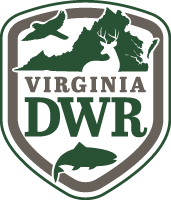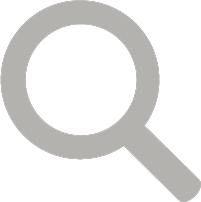Habitat
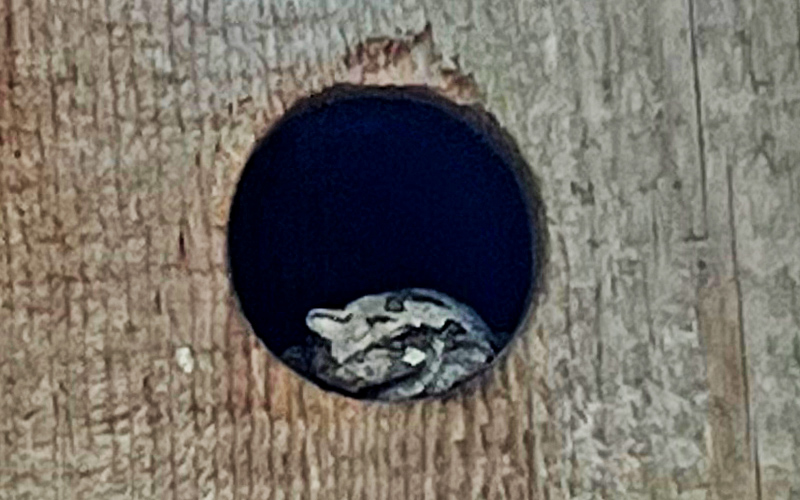
What is Habitat? Shelter Can Protect Wildlife
The term habitat means a lot of different things, and one of them is shelter; the kinds of shelter needed varies by species and are easy for people to provide Read more…
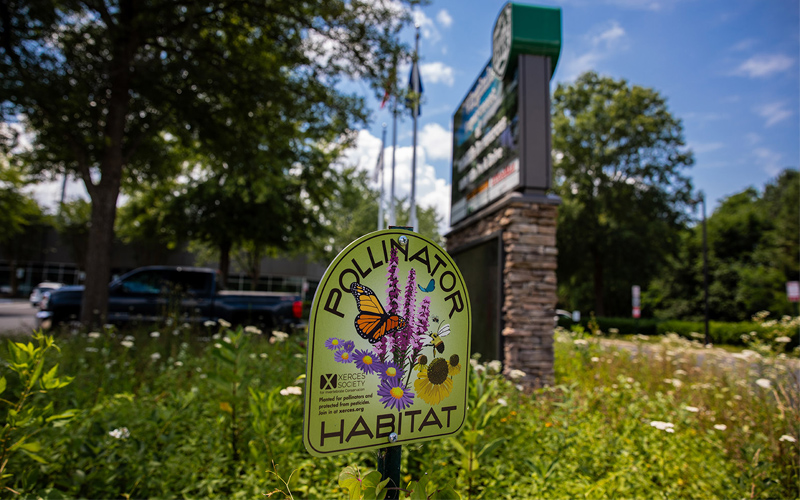
Sustaining Butterflies with Habitats at Home
There's more to butterfly habitats than just flowers, and you can create, maintain, or improve butterfly habitats at home. Read more…
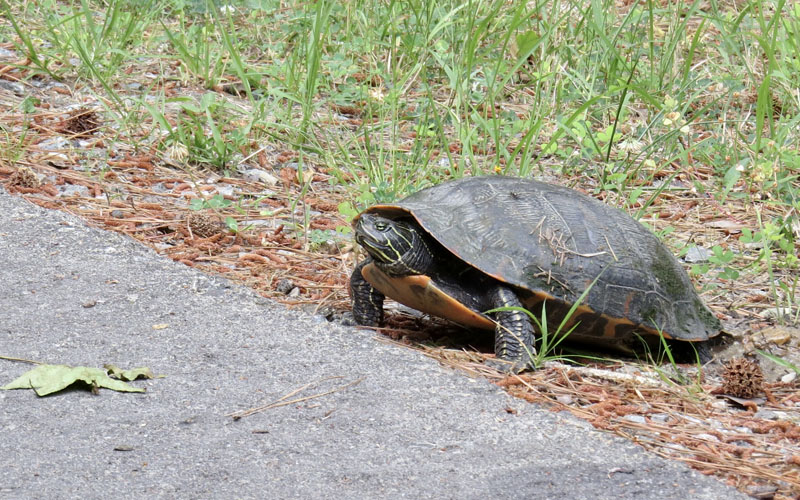
Protecting Turtles on Jamestown Island and Near You
Local wildlife enthusiasts have made a big difference for turtles on Jamestown Island by taking care to avoid turtle hatchlings when driving. Read more…
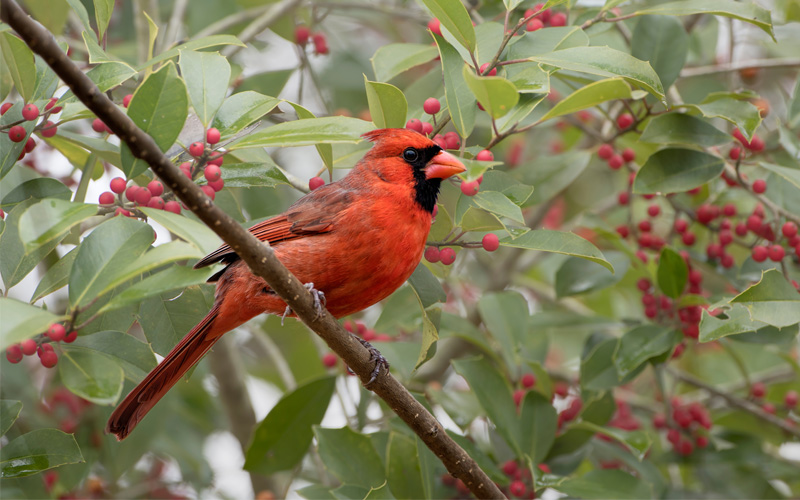
The Holly Grail of Wildlife Habitat
An American holly tree in your back yard can be a boon for wildlife of all sorts of species providing winter shelter and sustenance. Read more…
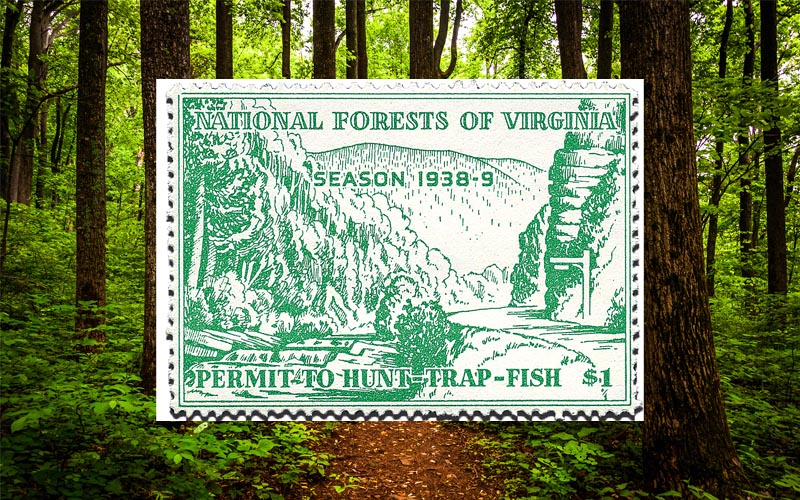
Footing the Bill: Virginia’s National Forest Stamp at Work
The few dollars that hunters, anglers, and trappers spend each year on a National Forest Stamp go a long way when putting habitat work on the ground. Read more…
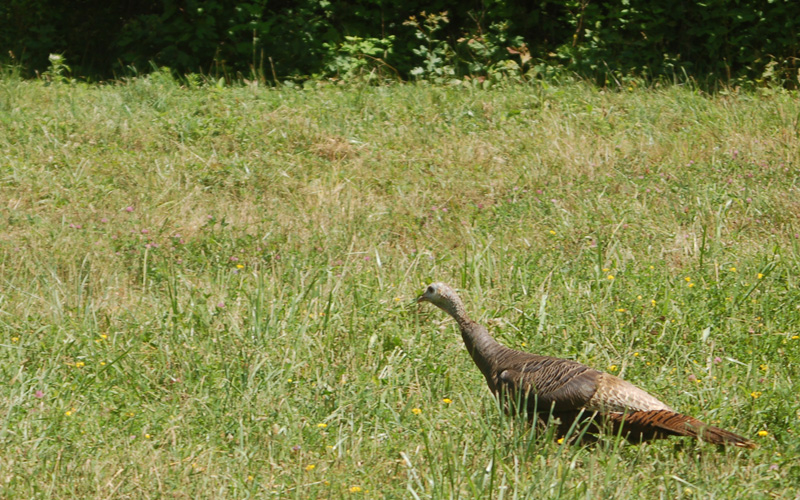
Park the Bush Hog to Create Brooding and Nesting Habitat
Winter and early spring are a great time to get started on habitat projects for game birds like turkey, grouse, and quail. Read more…
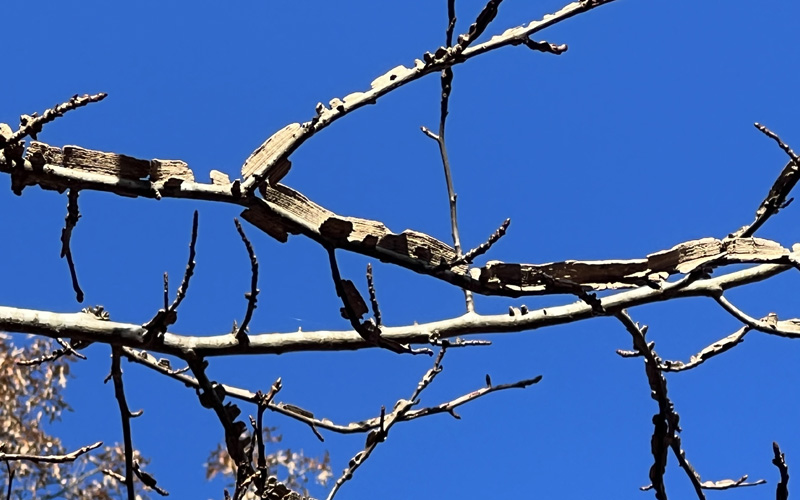
There Are Some Who Call Me Twig: IDing Trees in Winter
Identifying trees in the winter can be a bit more challenging, but possible when you know what to look for to identify many trees using their bark. Read more…
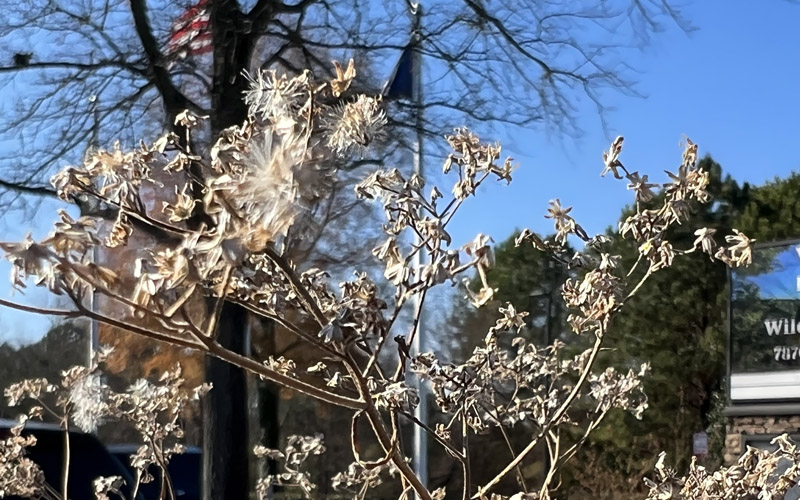
Not Dead Yet!
Resist the urge to remove dead flowers and stalks as winter approaches; often small insects will hibernate within the stalks. Read more…

Grow Fall Fruits to Fuel Migrating Birds
For many songbirds, one of the most important food sources during their annual fall migrations are native fruits. Read more…
